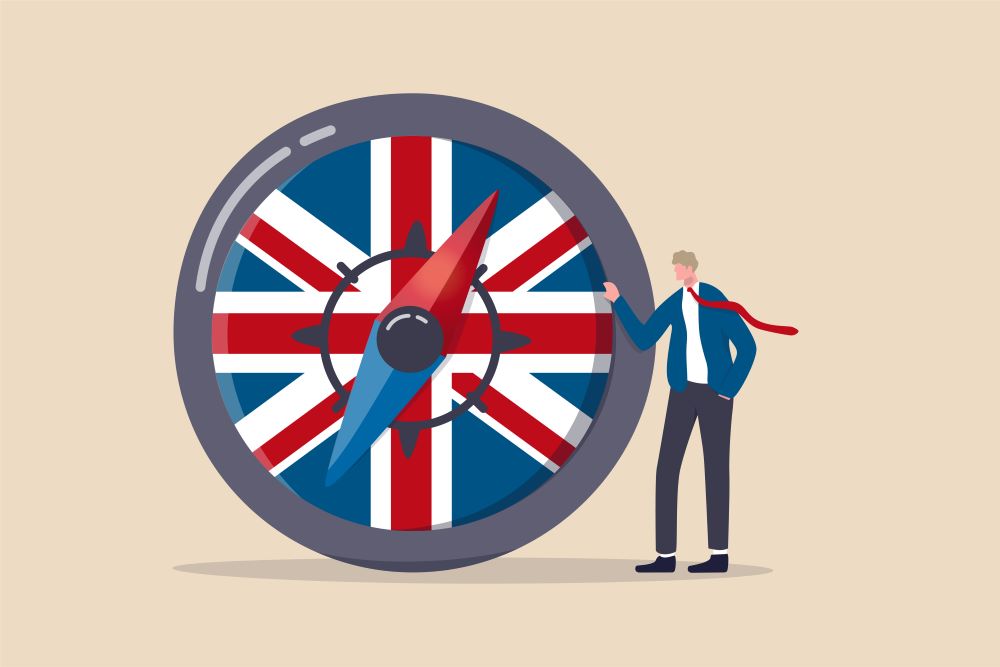
The UK has continued to underperform the rest of the G7 on goods exports but its services exports remain strong, according to new data released yesterday by the Office for National Statistics (ONS) for the month of August.
Machinery middling
Exports to non-EU countries saw a particularly notable drop, while those to the EU were steady.
Non-EU exports in goods dropped by £0.7bn (4.5%). This is largely attributed to chemical exports, which dropped by £0.4bn. Machinery and transport equipment exports fell by £0.2bn and fuel exports by £0.1bn, the former a result of a decline in car exports to China and the US, as well as lower machinery exports to Turkey and Hong Kong.
The figures mean that the UK remains bottom of the G7 table for goods exports, where it’s stayed through 2021, 2022 and the first half of 2023.
Imports on the rise
Imports saw an uptick, meanwhile, as the UK brought in more oil and gas from outside the EU. The total value of goods imports increased by £0.8bn (1.7%), with imports from within the EU decreasing, though they remain £5.2bn higher than from the rest of the world.
Imports from the EU dipped by £0.2bn following a decline in the level of organic chemicals shipped from Ireland. Manufactured goods from China saw an uptick, contributing to a miscellaneous manufacture import rise of £0.2bn.
The big picture
The UK’s export picture remains less than ideal when compared with other major western economies, lagging behind the US, Germany and Canada in export growth.
In the three months leading up to August, however, the UK’s trade deficit in goods and services shrank by £3.5bn as imports dropped faster than exports. The gap in goods trade closed by £5.9bn, although the services surplus did narrow by £2.5bn.
Ultimately, data over the last year has been more encouraging for UK services, which have grown 18% in the last 12 months. Services exports saw a small uptick of £0.1bn in August.



